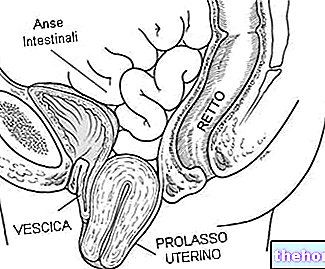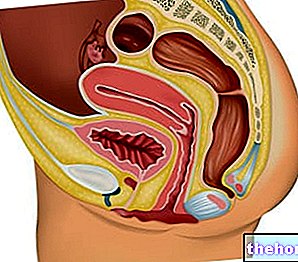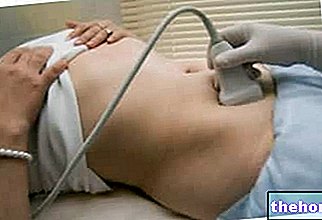Generality
The pelvic varicocele is a pathological dilation of the veins of the pelvic area (in particular the ovarian and internal iliac ones), which appears due to a stagnation of blood in the same venous vessels.

The most characteristic symptoms consist of: pain in the pelvic / abdominal area, heaviness in the lower limbs, malaise during sexual intercourse, stress incontinence and irritable bowel.
For an accurate diagnosis, a simple pelvic exam is not enough; in fact, more specific instrumental tests are needed, such as transvaginal ultrasound, magnetic resonance or venography.
Surgical treatment becomes indispensable when pharmacological treatments - which represent the first instance therapy - have not provided the desired results.
What is pelvic varicocele?
The pelvic varicocele is a pathological dilation of the veins of the pelvic area, which arises as a result of a stagnation of blood in the same venous vessels.
Sometimes, precisely when dilated veins compress adjacent pelvic organs, the condition of pelvic varicocele is associated with abdominal pain and other symptoms. In these situations, doctors also speak of pelvic congestion syndrome.
The pelvic varicocele affects women almost exclusively, as the anatomical structure of their pelvis predisposes them, much more than men, to the problem.
Please note: since pelvic varicocele mainly affects women and only in very rare cases men, doctors tend to consider it a purely female problem. We, in this article, will do the same, using for example the term "the patient" etc. .
PELVIC VARICOCELE AND VARICOSE VEINS
The swelling of the veins, which takes place due to the stagnation of blood, is very reminiscent of that which can be observed in the presence of the so-called varicose veins.
As will be seen further on, this similarity is not accidental, as the pathophysiological mechanism (what triggers first the stagnation and then the venous enlargement) is very likely the same for both conditions.




























